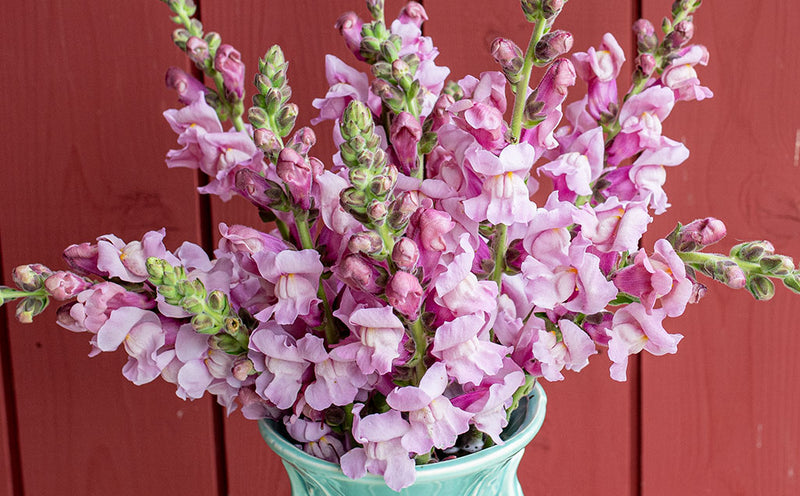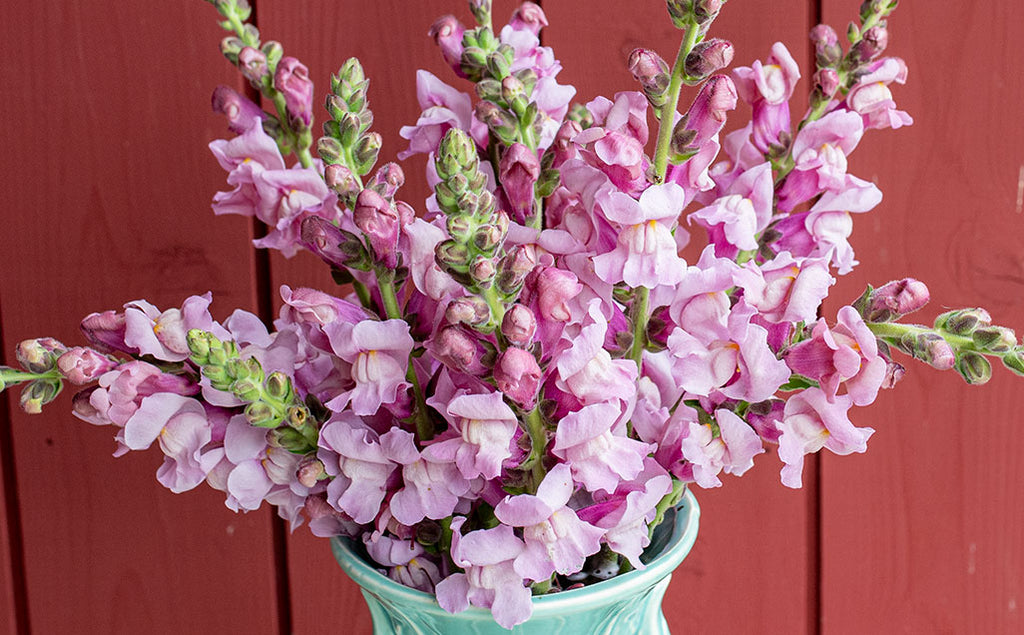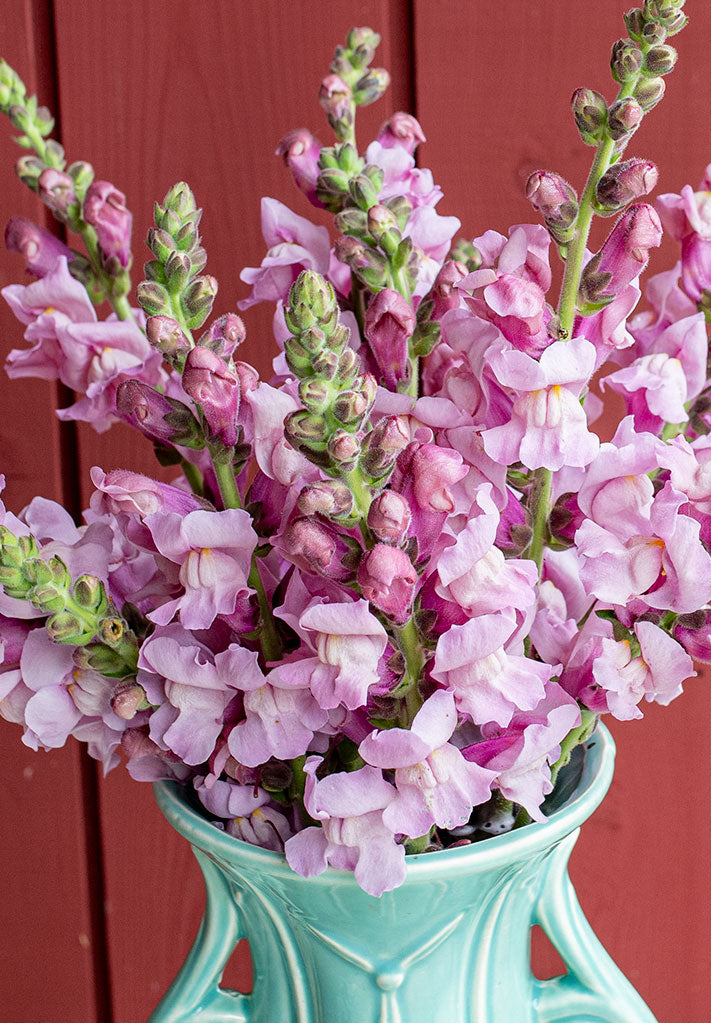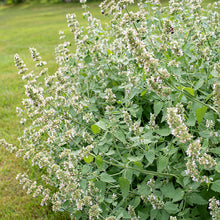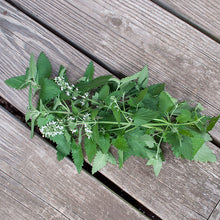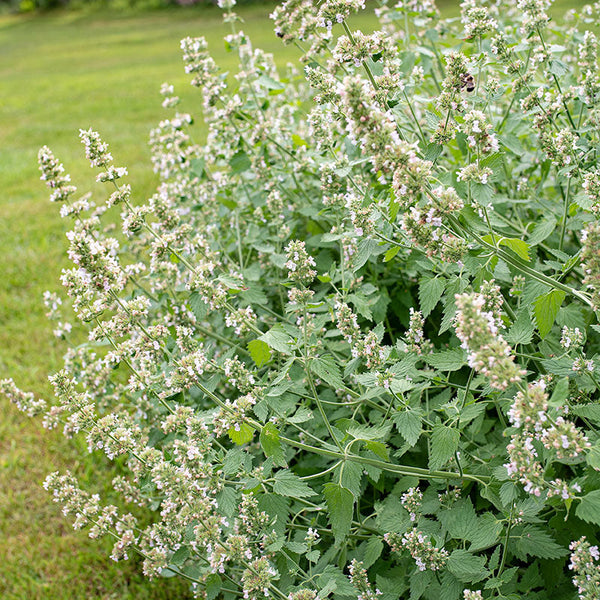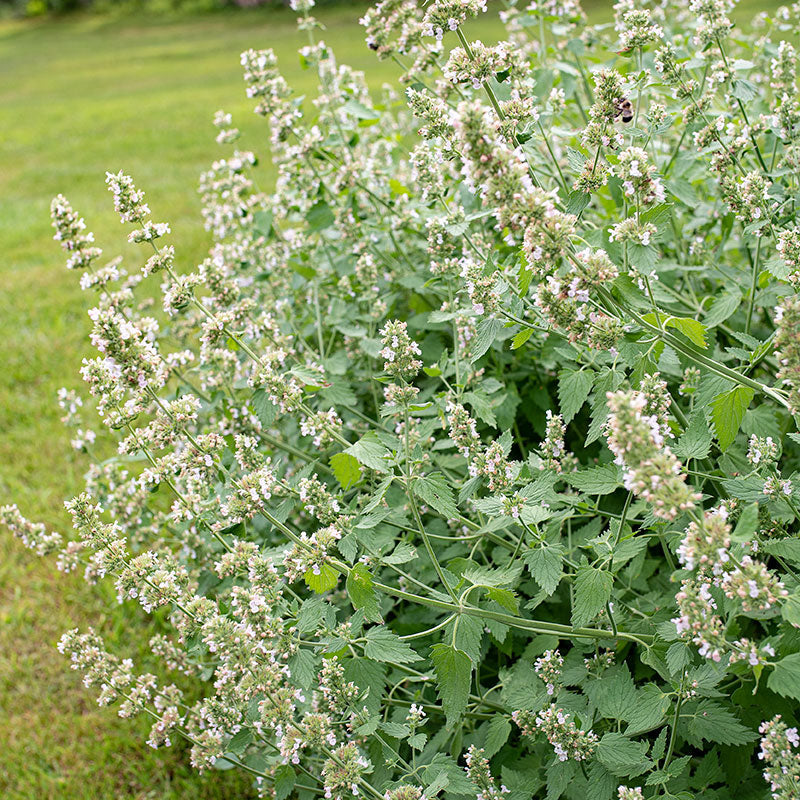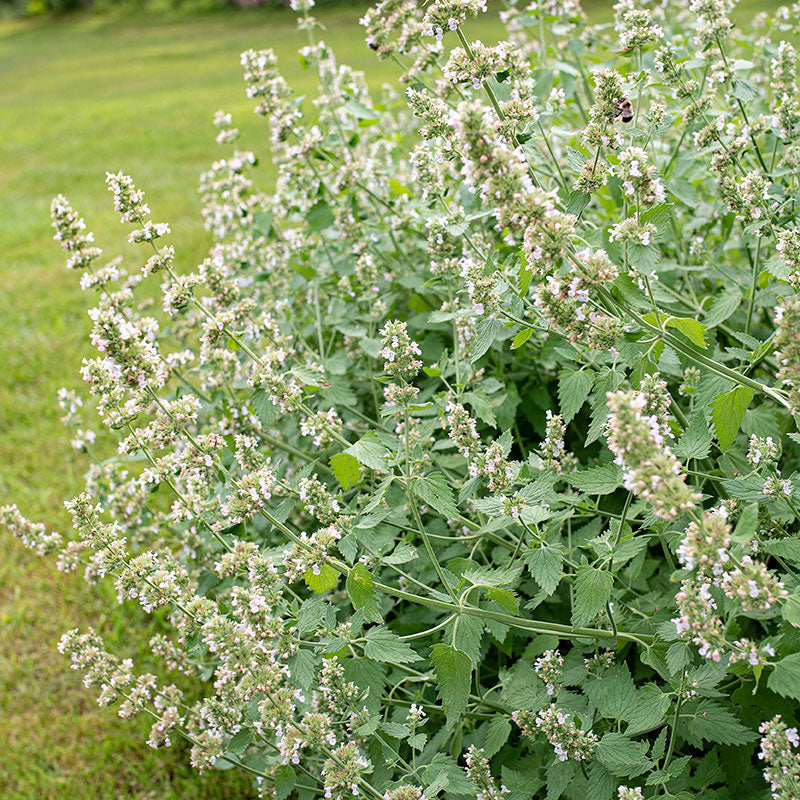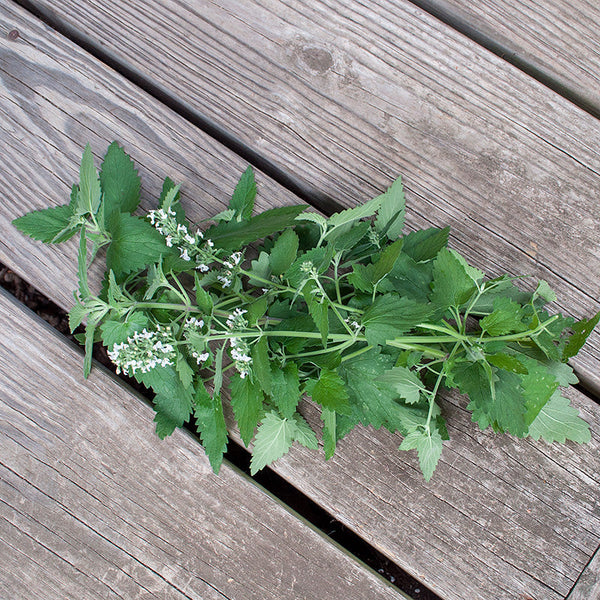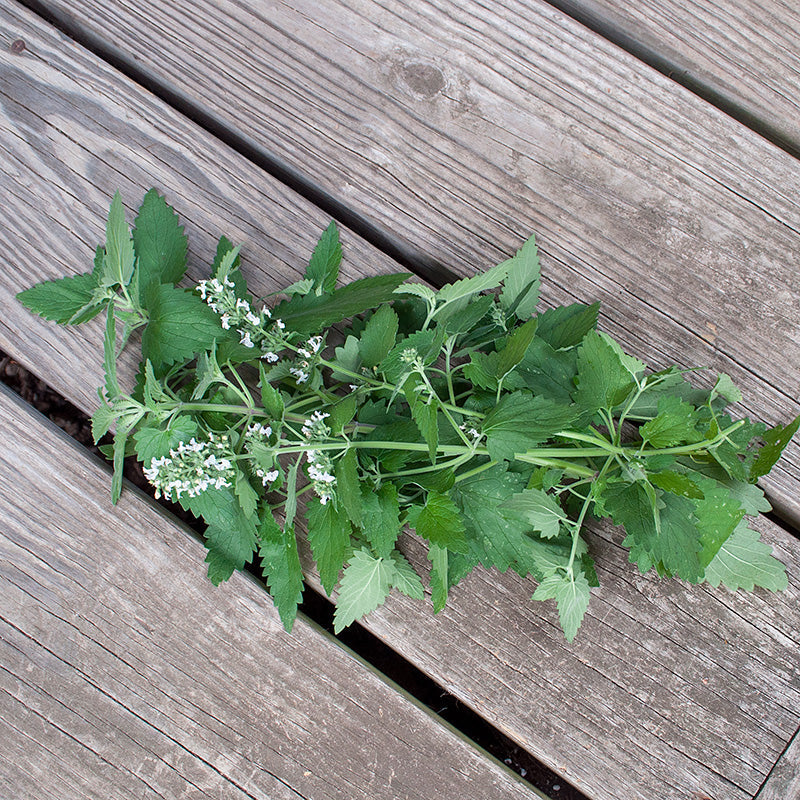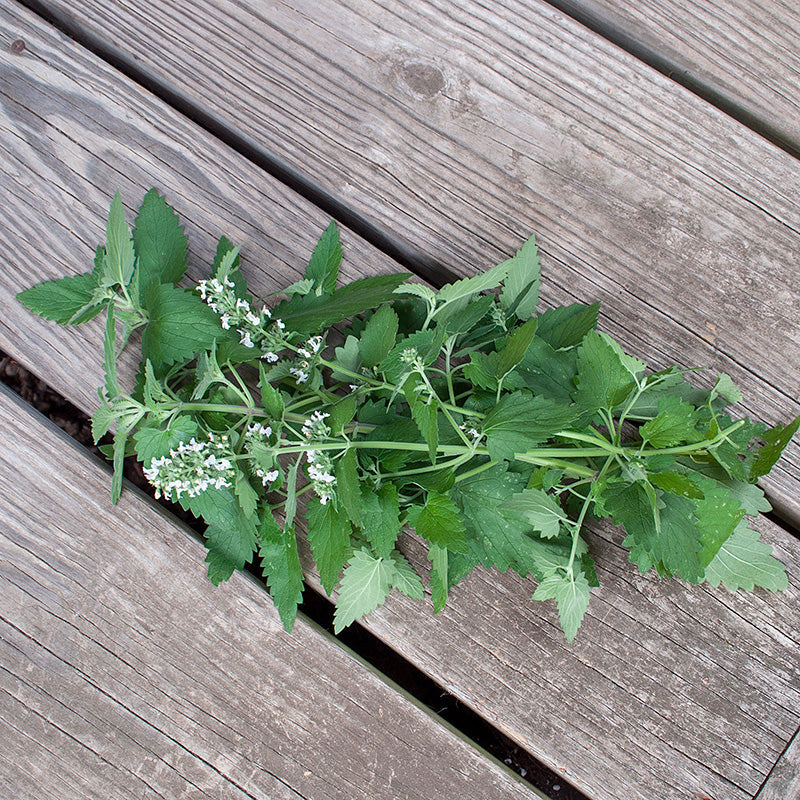Organic Seed
Catnip Organic
Nepeta cataria
Introduced to America by the Colonists, catnip has a long history in herbal apothecaries. Among a myriad of uses, catnip tea relaxes and soothes. Cats find it's signature potent minty scent exciting, for it mimics cat pheromones, and they soon can be found rubbing their whiskers and rolling on the herb, tearing off and eating some of the velvety leaves. After thirty minutes or so, they become temporarily immune to its effects, a good thing as some cats can demolish the plants. Kittens, however, often dislike catnip. Easy to grow, it can be pinched to cultivate a bushy form full of leaves, not flowers, preventing it from reseeding excessively. Attracts the beneficial insect soldier beetles.
SKU #S1358OG
